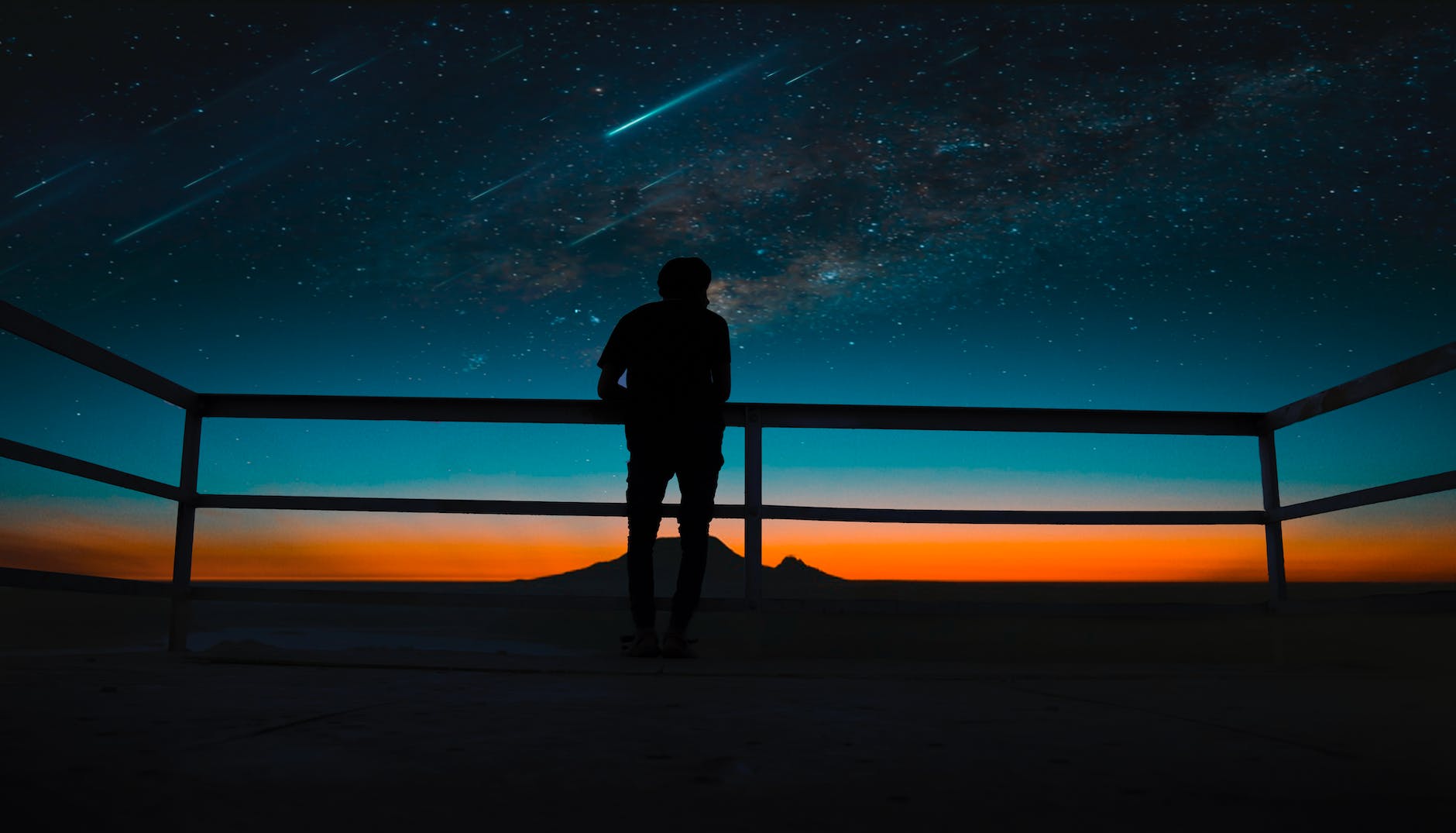Introduction
Gazing at the night sky, we often find ourselves marveling at the twinkling stars that seem to stretch on infinitely. But occasionally, something extraordinary happens—a meteor shower. Meteor showers are breathtaking celestial events that captivate skywatchers worldwide. These awe-inspiring displays of shooting stars occur when Earth passes through the debris left behind by a comet or asteroid.
If you’ve ever wanted to witness the magic of meteor showers firsthand, you’ve come to the right place. In this guide, we will explore seven proven techniques that will help you spot and observe meteor showers like a seasoned astronomer. So, grab your telescope and a cozy blanket, and let’s embark on a journey to the dazzling world of meteor showers!
1. Find the Perfect Spot
Selecting the right location is crucial for an optimal meteor shower observation experience. To start, choose a site away from city lights and light pollution. Light pollution diminishes the visibility of faint meteors, so the farther you are from artificial lights, the better. National parks, rural areas, or designated dark sky reserves are excellent choices.
Moreover, consider the weather and cloud cover. Check the weather forecast in advance to ensure clear skies during the meteor shower’s peak. Cloudy conditions can obstruct your view and dampen the excitement of the event. Patience is essential in stargazing, and picking the right spot can significantly increase your chances of witnessing a spectacular meteor shower.
2. Time Your Stargazing
Timing is everything when it comes to observing meteor showers. Research and note the date of the meteor shower’s peak, as this is when the highest number of meteors will be visible. It’s also essential to know the time of night when the shower is most active. Some meteor showers are best seen in the predawn hours, while others can be enjoyed after midnight.
Plan your stargazing session well in advance and arrive at your chosen spot early to allow your eyes to adjust to the darkness. This process, known as dark adaptation, enhances your ability to see faint meteors, ensuring you don’t miss any of the meteor shower’s splendor.
3. Equip Yourself with the Right Gear
Stargazing doesn’t require expensive equipment, but having a few essential items can greatly enhance your experience. Binoculars are excellent for observing meteor showers, as they provide a wider field of view compared to telescopes, allowing you to see more of the night sky.
If you’re an aspiring astrophotographer, a DSLR camera mounted on a tripod can capture stunning long-exposure images of meteor showers. Remember to bring extra batteries, memory cards, and a red flashlight to preserve your night vision.
4. Embrace Patience and Relaxation
Observing meteor showers is a test of patience and endurance, as you may need to spend hours under the night sky to witness the most remarkable shooting stars. Bring comfortable seating, blankets, and warm clothing to make your stargazing session cozy and enjoyable.
Take this opportunity to unwind and connect with nature. The tranquility of the night sky combined with the anticipation of meteor sightings can be a profoundly meditative experience.
5. Understand Meteor Shower Radiants
Meteor showers are named after the constellation from which they appear to originate—the radiant. Understanding the radiant’s location helps you direct your gaze to the right part of the sky. However, don’t fixate solely on the radiant, as meteors can appear anywhere in the sky, and their trails may stretch far beyond the radiant point.
A helpful tip is to scan a wide area of the sky and avoid using telescopes or binoculars to ensure you don’t miss any unexpected meteor streaks.
6. Keep a Meteor Shower Journal
Creating a meteor shower journal can be a rewarding and fun aspect of your stargazing journey. Before heading out, set up a notebook or use a stargazing app to record the date, time, and location of your observation. Each time you spot a meteor, jot down its characteristics—color, brightness, length of the trail, and the direction in which it traveled.
Over time, you’ll have a personal record of your meteor shower experiences, and you might notice patterns or trends that add to your appreciation of these celestial events.
7. Join a Stargazing Community
Stargazing is a popular hobby enjoyed by millions around the world. Joining a stargazing community or astronomy club can be a fantastic way to share your passion with like-minded individuals. Astronomy enthusiasts often organize group outings for meteor shower observations, providing an opportunity to learn from experienced stargazers and gain valuable insights.
Collaborating with fellow skywatchers can also open doors to advanced stargazing techniques, astro-photography tips, and discussions about upcoming celestial events.
Conclusion
Meteor showers are a dazzling reminder of the vast and wondrous universe we inhabit. Observing these celestial spectacles can be a humbling experience, connecting us to the mysteries of space and time. Whether you’re a seasoned astronomer or a curious beginner, following these seven proven techniques will undoubtedly enrich your stargazing adventure.
So, mark your calendar for the next meteor shower, gather your stargazing gear, and head to a dark, secluded spot to witness the awe-inspiring beauty of shooting stars. Embrace the patience, relaxation, and sense of wonder that meteor showers bring, and allow yourself to be swept away by the magic of the cosmos. Happy stargazing!

